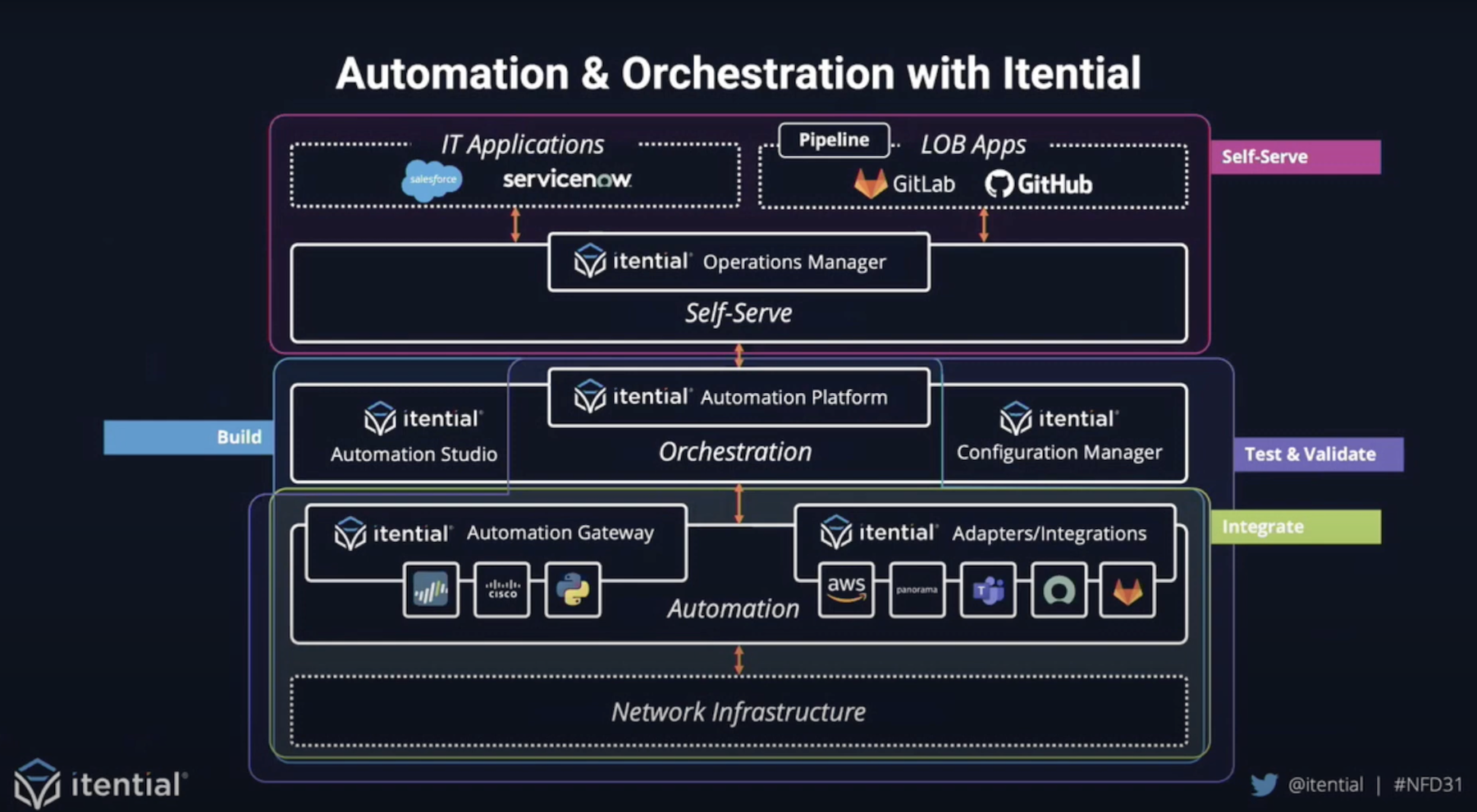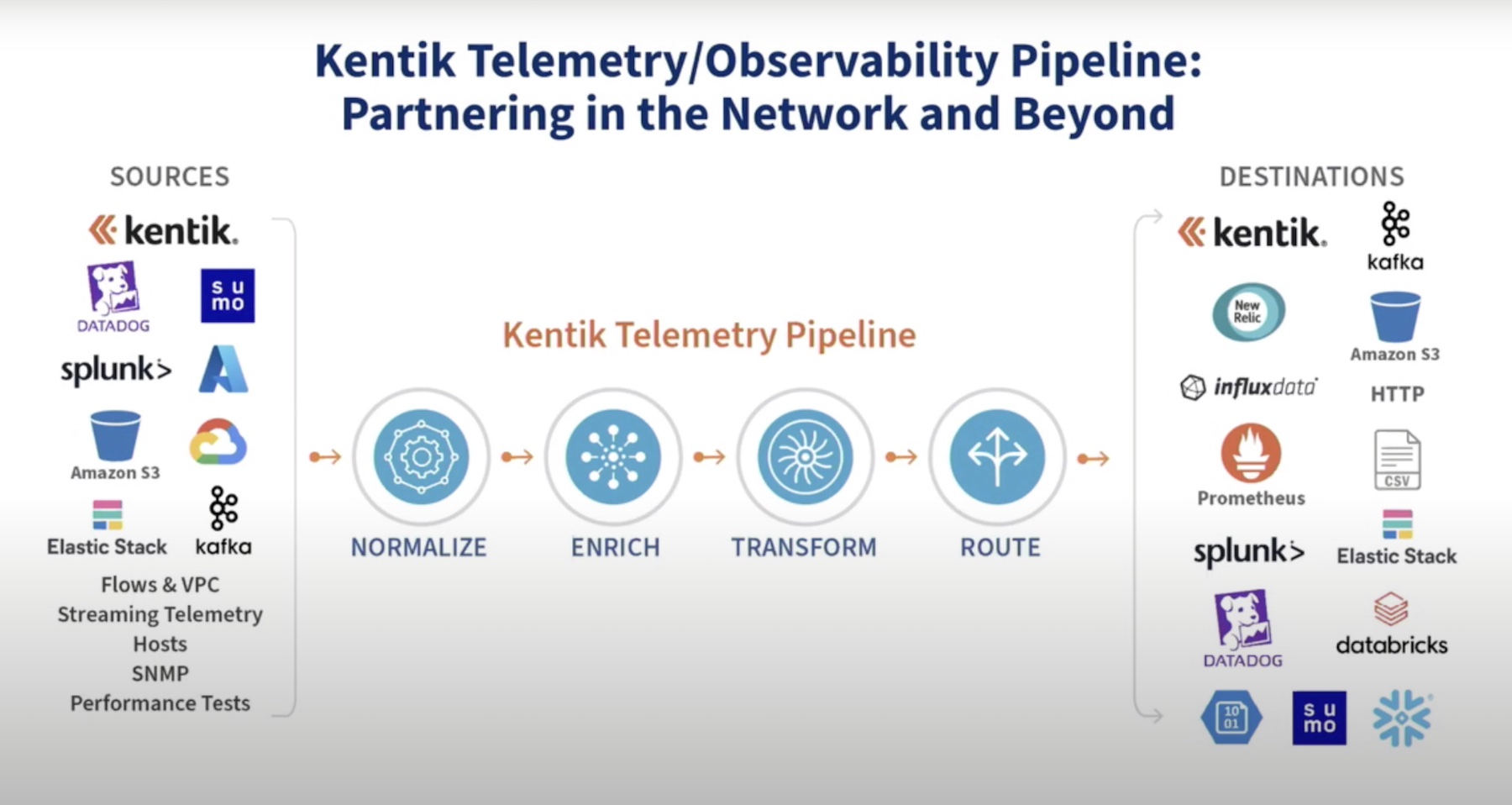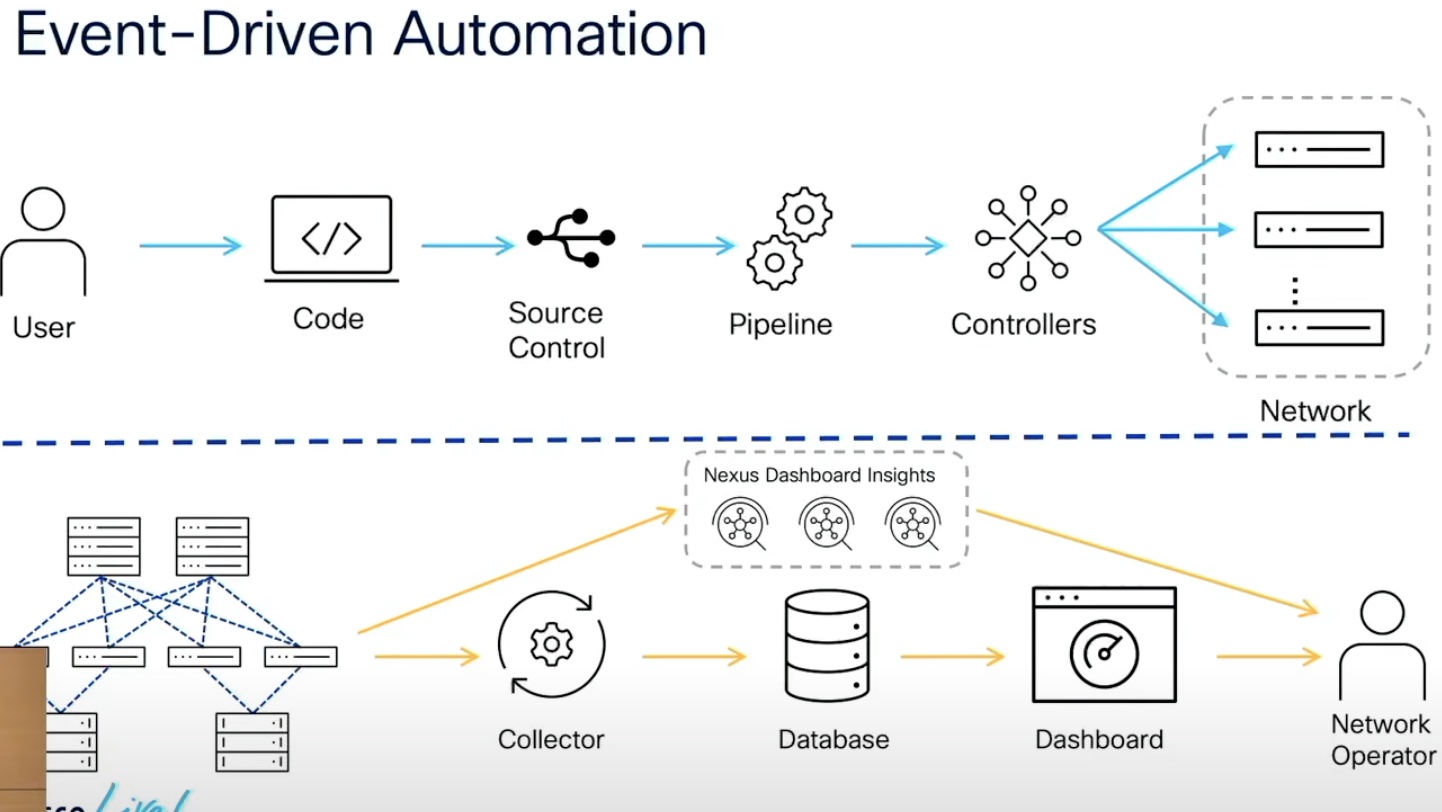More than 70% IT leaders acknowledge that incorporating automation has helped save employees 10 to 50% of their time. Across industries, enterprises and startups are building increasingly automated value chains, achieving unimaginably low housekeeping and faster time-to-market. Gartner says that the adoption will continue to quicken as companies head into the later quarters of this year.
In the Delegate Roundtable recorded at the recent Networking Field Day event in California, attending delegates picked apart the automation revolution. The discussion reveals automation’s close connection to another corresponding trend – observability.
Data Is the Fuel
There’s been some exciting advances in the networking space over the last decade, and a lot of it has been propelled by automation and visibility. Automation and visibility both rely on data.
“Automation is only as good as the data we’re feeding it. We have to get much better at getting that data, which is why we’ve seen a huge rise in the number of companies that are providing visibility into our network. It turns out that the data has been there all along. We just didn’t know how to see it. Companies that we’ve talked to here at Networking Field Day, and many others are trying to pioneer ways to identify data that we want to see and do something with,” says Tom Hollingsworth, former network engineer.
Intertwined
If you think about it, automation and visibility are two sides of a coin – one relies on quality data input to function, while the other outputs quality data. There is an opportunity for automation and visibility companies to collaborate and solve each other’s problems.
As Steve Puluka, Server and Network Administrator, points out, one way of looking at it is that automation and visibility are a two-step process. Automation churns out new things, whereas visibility provides the ability to monitor and ensure that it is working as planned.
“The real opportunity in this is that observability and monitoring companies have the ability to see when something happens, and therefore send a request to an automation system to correct that issue,” he said.
If this symbiotic association can be fully leveraged, automation can play an outsize role in the remediation of network equipment failure, and other potential causes of network outages.
Low Confidence in Machines
Network Engineer, John Herbert noted that a barrier that stands in the way of holistic incorporation of automation is that humans have inherently low confidence in it.
There’s no guarantee that an automated system will take all the right decisions in every given situation. Like all computer programs, its decision-making skills are limited to what it knows, and that is always less than a human counterpart.

For some, leaning on a system like that is like blindfolding themselves and waiting for a disaster to happen, which could otherwise be preemptively spotted and sorted in a manual operation.
Human Bias
Engineers fear that when automation is fragile, the scale of what can go wrong far exceeds just a security risk. But interestingly, where professionals resist trusting a system that is built by some of the best people in the job, they’re quick to put their trust on entry-level workforces who have barely begun to learn the job.
This begs the question about the real reason why we are opposed to, and in some cases, simply unwilling to trust automation? Is it because as human beings, we are inherently afraid of changes because the outcomes are unknown to us? Is it our natural tendency to be risk averse?
Hiring more skills isn’t a one and done solution to the possible errors of automation. On the contrary, bringing in more people after a certain point only introduces noise and fragility into the system.
Referring to an early presentation, Mr. Hollingsworth reiterated, “In a given system, adding people will reduce the fragility of a system to a point, and once you’ve passed that point, no amount of human interaction will make the system any less fragile, and will, in fact, make it significantly more fragile.”
Lexie Cooper, Network Engineer, chimes in that even in industries like aerospace where the smallest mistakes have big consequences, often involving lives of people, automation is woven into the DNA of the network because automation does the work that humans can’t.

Oftentimes, the real reason for resisting automation is because we like to see a face in the firing line to point fingers at. After all, it is infinitely easier and within our comfort zone to put the blame on a human being than a mute machine.
“In a lot of the cases, we’ve tied our identity, maybe too closely, to the CLI and to the things we do day-to-day versus the actual intent of what we’re trying to do, and I think as an industry, we’re at that point where, if you can learn how to use an assembly line to build your network instead of building everything by hand all the time, you’re going to be in the driver seat for the next generation of networking,” says author and technologist, Chris Grundemann.
Enabling Automation with Observability
To tie it back to the visibility piece, automation by itself is not whole, if it is not accompanied by good visibility. Automation and observability are joined at the hip, because to build trust in automation, professionals need observability of its inner workings.
Good automation does not seize control but enables it. By piecing together automation and observability, vendors can provide operations teams the ability to look inside a complex system and understand its internal state well enough to trust it to do what it’s meant to do.
Wrapping Up
The promise of automation far outweighs its perceived perils. This Roundtable discussion gives special point to that. We are living in an era where automation plays a star role in driving digital transformation across industries. With the network expanding at an unforeseen scale and velocity, IT professionals need all the help they can get to keep up. Automation makes it possible to eliminate the drudgery and quotidian tasks. With proper implementation, it can help build an independent system that relies less and less on humans, and can do more with less. If automation and visibility companies join forces, automation can become the view of progress that it’s meant to be all along.
For more, be sure to watch the Delegate Roundtable – Visibility and Automation Should Be Working Together – from the recent Networking Field Day event.




